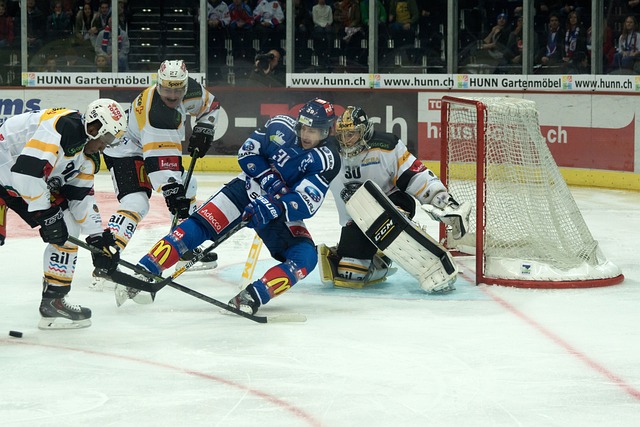Such situations are often the case.
Suppose a Patent P (claim 1) has the configuration "A + B + X".
If a product has all of the elements A, B, and X, it infringes the Patent P.
In many cases, it is difficult to determine whether a product has all of the elements A, B, and X.
What is at the Heart of the Patent?
First, you should analyze the Heart of the Patent P, or in other words, what is the basis for the patentability of the Patent P.
Suppose that A and B are the fundamental requirements that make up the invention, and X appears to be a common sense requirement compared to A and B.
If you could come up with an "A+B" invention, it would be easy enough to add the component X to it to make it "A+B+X".
During the examination process of the Patent P, the Examiner had found a reference D1 disclosing the element A. It is presumed that the Patent P was granted because it was judged that although the "A" invention existed, it was difficult to come up with the "A+B" invention.

A Product R contains elements A, B, and x2.
As mentioned above, the three requirements of the Patent P are A, B, and X. If X contains x2, then the Product R infringes the Patent P.
For example, if X is "transmission of electronic data" and x2 is "transmission of cryptocurrency," then "cryptocurrency" is a kind of "electronic data" and therefore infringes (within the scope).
Since the Heart of the Patent P seems to lie in configuration B, you look for prior references (references that existed before the Patent P and that describe similar content to the Patent P) that disclose configuration B (preferably, "A + B").
Suppose you were able to find reference D2 that describes configurations A and B.
The Patent may be invalidated.
The patentability of the Patent P relied on configuration B, which was negated by reference D2. The "A + B + X" invention of the Patent P was a technology that should not have been patented.
If the Patent P can be invalidated on the basis of reference D2, then the Product R can avoid patent infringement.
The Patent may not be invalidated.
If the level of invention is not so significant between "A+B" and "A+B+X," then as long as "A+B" is disclosed in reference D2, the Patent P is not patentable (invalid) because it is not significantly superior to the technology described in reference D2.
However, if "A+B+X" is in any way superior to "A+B", the probability remains that the Patent P will survive.
You can assume that it will probably be invalid, but it is difficult to be certain that it will be invalid.
If you assume a situation where the Patent P survives overcoming reference D2, then patentability would then depend on X rather than A and B.
Next, you consider whether x2 of the Product R is included in the compositional requirement X.
Assemble Logic to avoid Patent Infringement
Suppose that the specification of the Patent P describes x1 (transmission of moving images) as an example of the composition requirement "X (transmission of electronic data)".
The x2 of the Product R (A+B+x2) is assumed to be "transmission of cryptocurrency".
Although x1 (transmission of moving images) and x2 (transmission of cryptocurrency) are different concepts, x2 (transmission of cryptocurrency) is a sub-concept (a "kind") of X (transmission of electronic data).
The Product R (x2) is not the same as the technology described in the patent specification (x1), but it is included in the concept (X) that is imagined from claim of the Patent P, so based on the wording of the claim, it is patent infringement.
Investigating the Scope of Rights (range) of the Patent
Regarding the composition requirement X of patent P, two interpretations are considered.
Interpretation 1: A relatively narrow interpretation is that X (transmission of electronic data) is, in effect, x1 (transmission of moving images). Under Interpretation 1 (narrow interpretation), x2 of the Product R falls outside the scope of rights of configuration X and thus avoids the Patent P.
Interpretation 2: X (transmission of electronic data) is a relatively broad interpretation that is not limited to X1 (transmission of moving images), but can be any image, sound, text, etc., as long as it is electronic data anyway. If interpretation 2 (broad interpretation) is adopted, the Product R is infringing.
Suppose that reference D2 describes "transmission of account information (x3)".
Since "account information" is a sub-concept of "electronic data," if interpretation 2 is adopted, the Patent P is not patentable because there exists a conventional (known) technology for transmitting account information (a kind of electronic data) in a system equipped with "A + B."
Transmitting moving images in a system equipped with "A+B" has a unique effect, and such a system may perhaps be difficult to conceive of. Reference D2 may not invalidate the Patent P. If interpretation 1 is adopted, then the Patent P may be maintained, but then product R is outside the scope of the right.
From the patentee's standpoint, the discovery of reference D2 puts the Patent P at risk of invalidation. If the Patent P is interpreted broadly to include the Product R in the scope of the right, the risk of invalidation will increase further, while a narrower interpretation will allow the Product R to escape from the scope of the right. As a result, it will be difficult to enforce the right.
There is a trade-off between the scope (range) and stability (resistance to invalidation) of a patent.